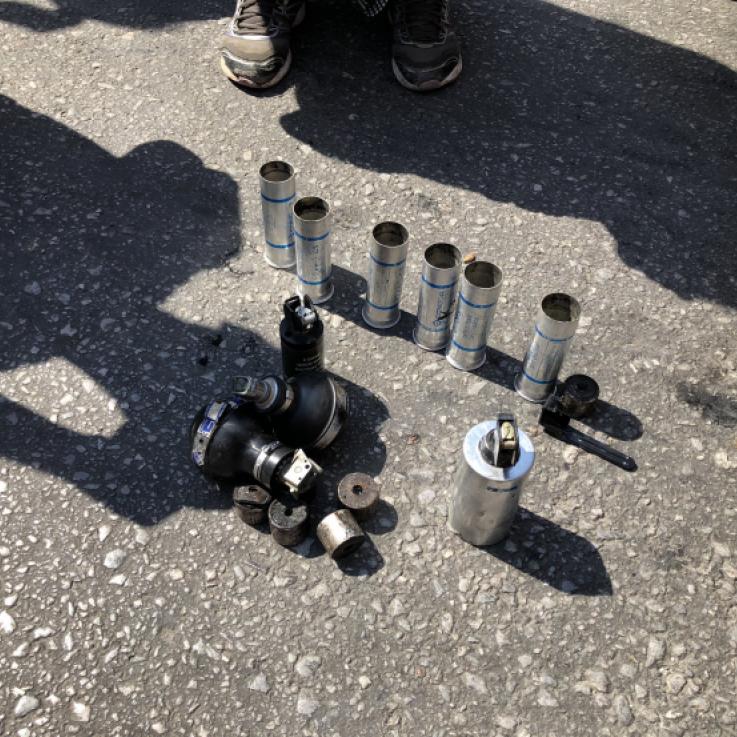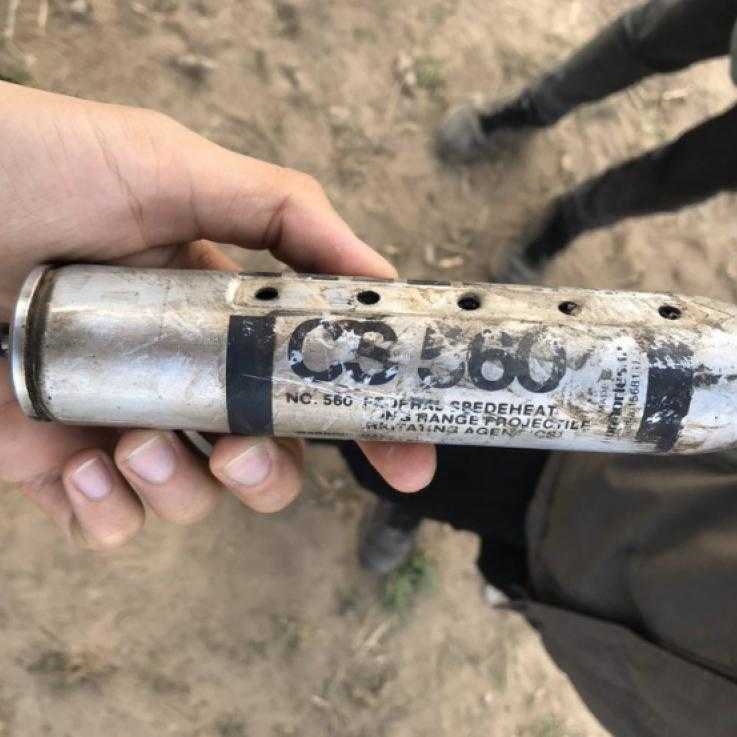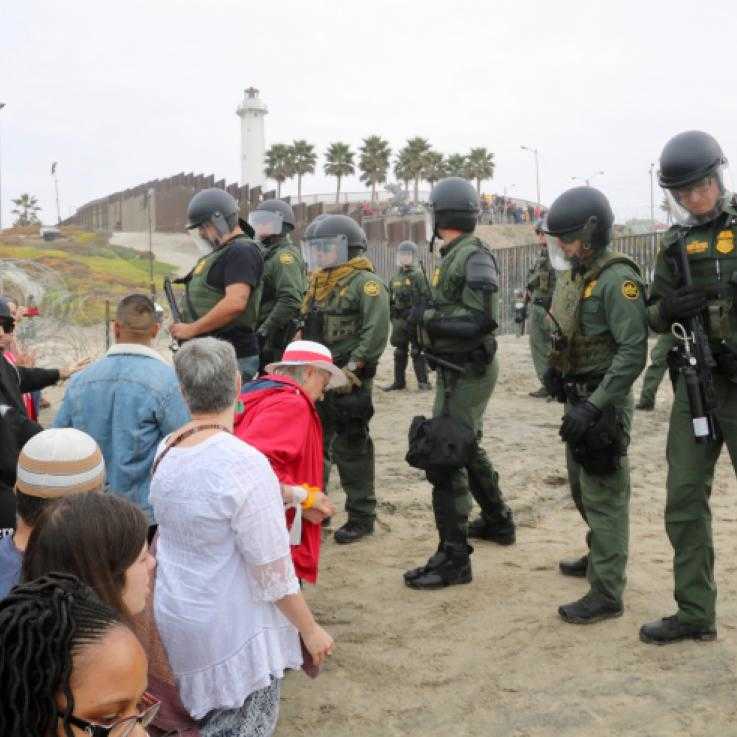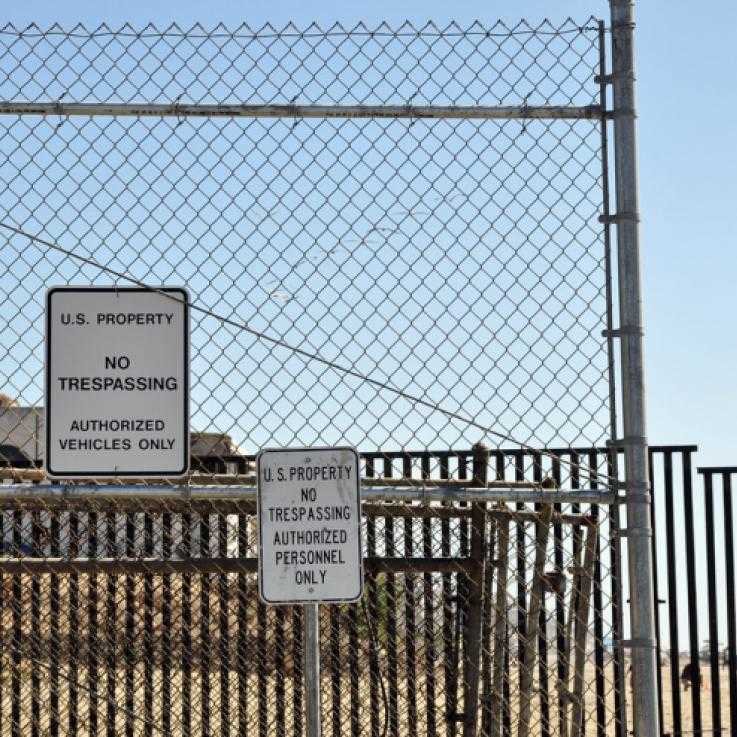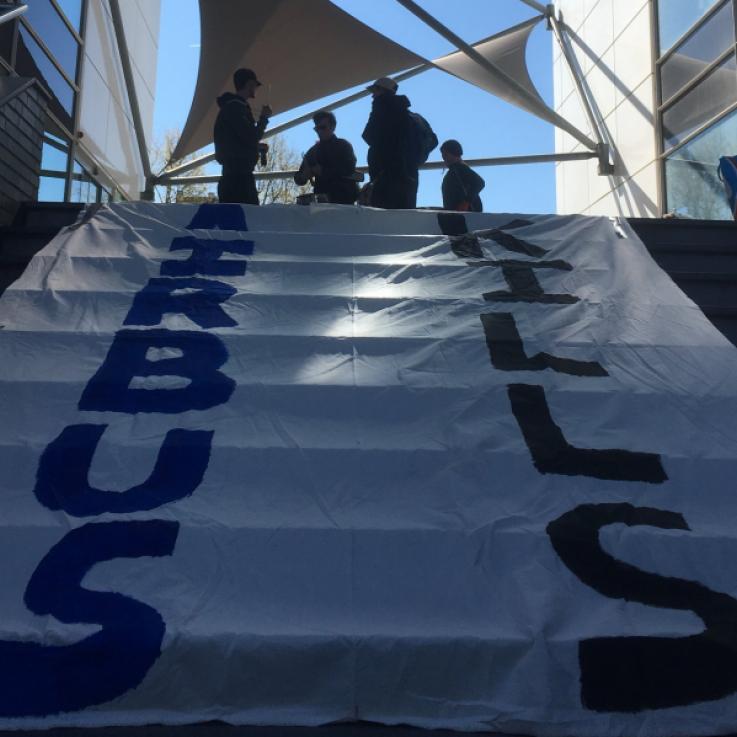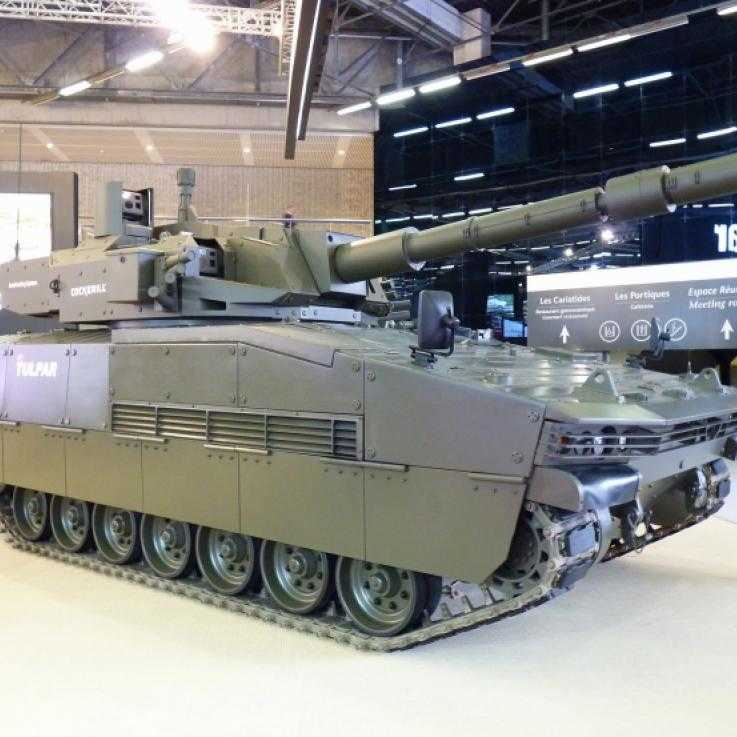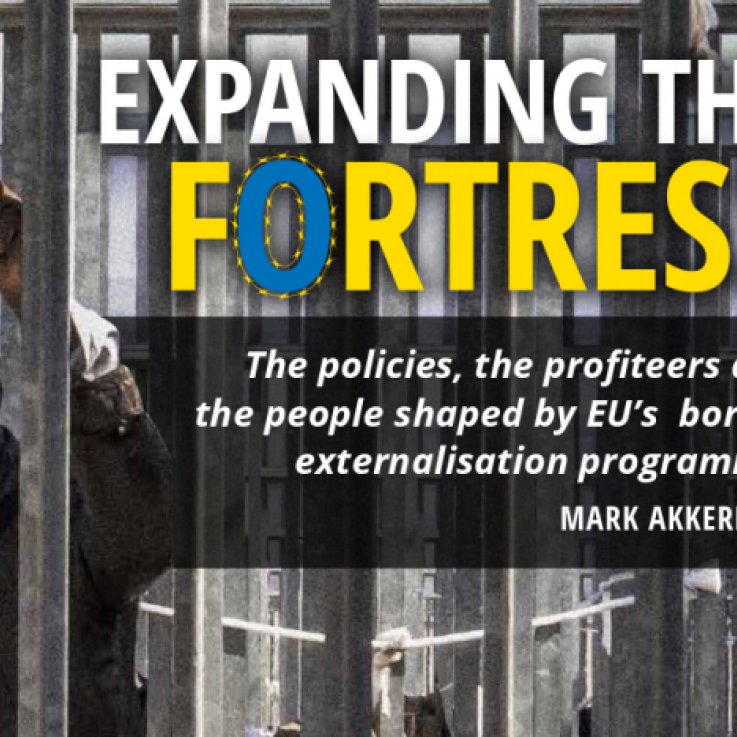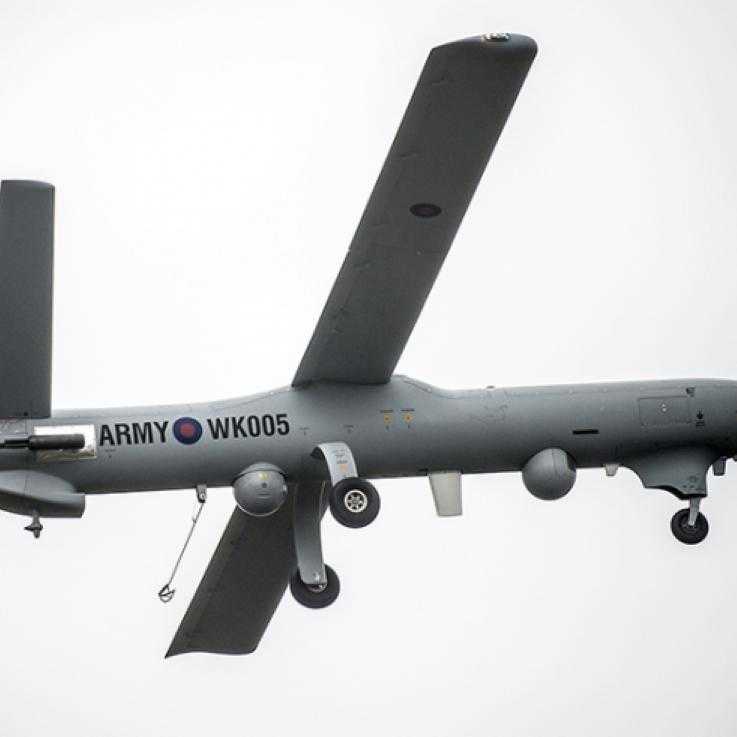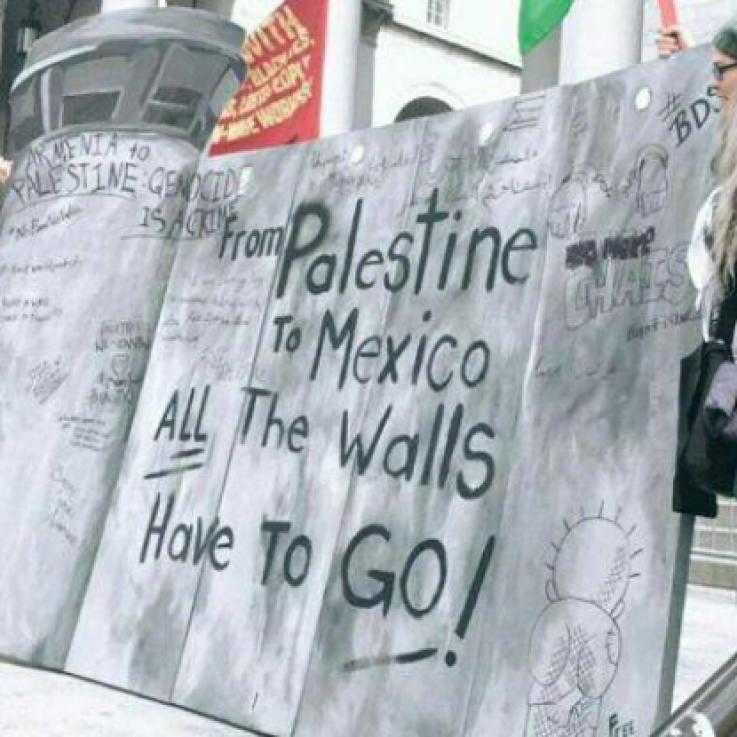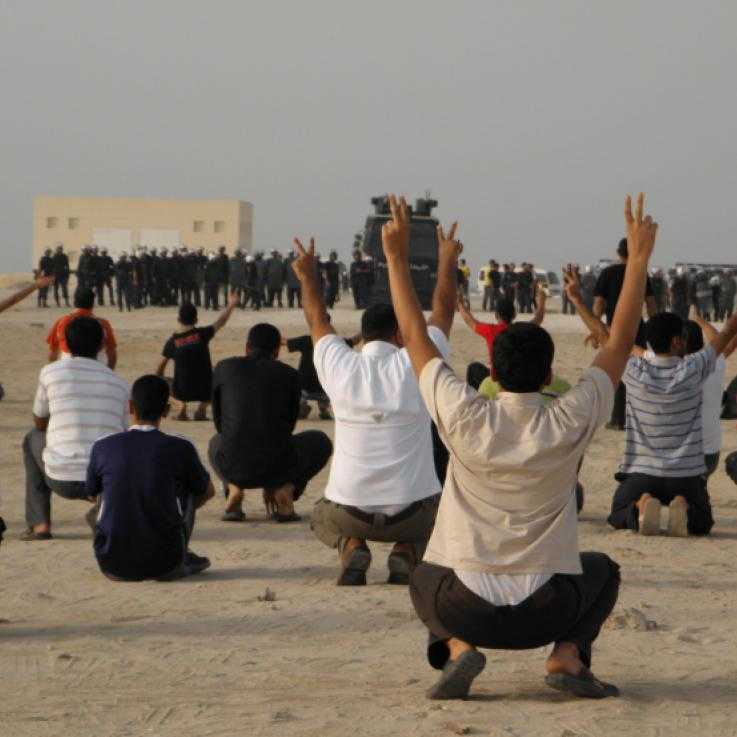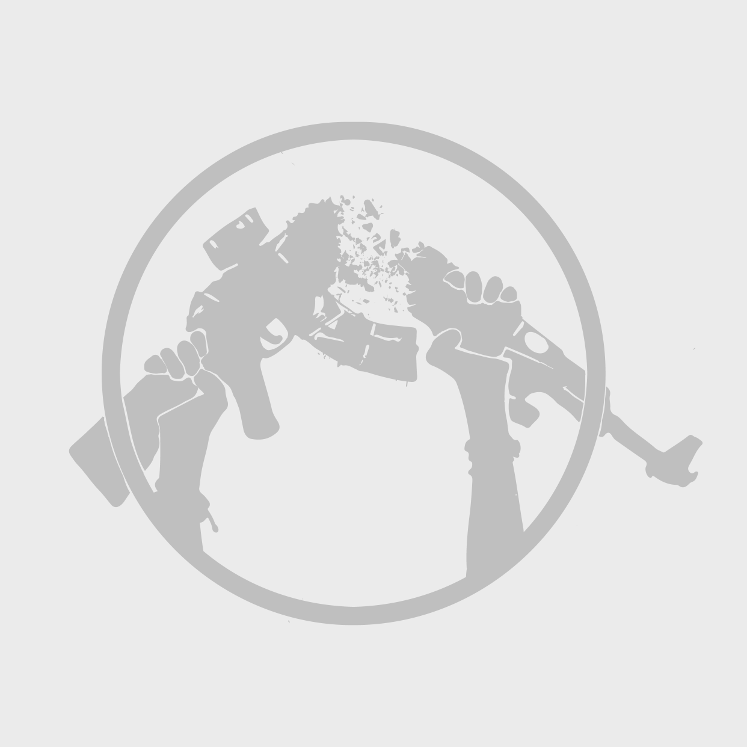Border militarisation
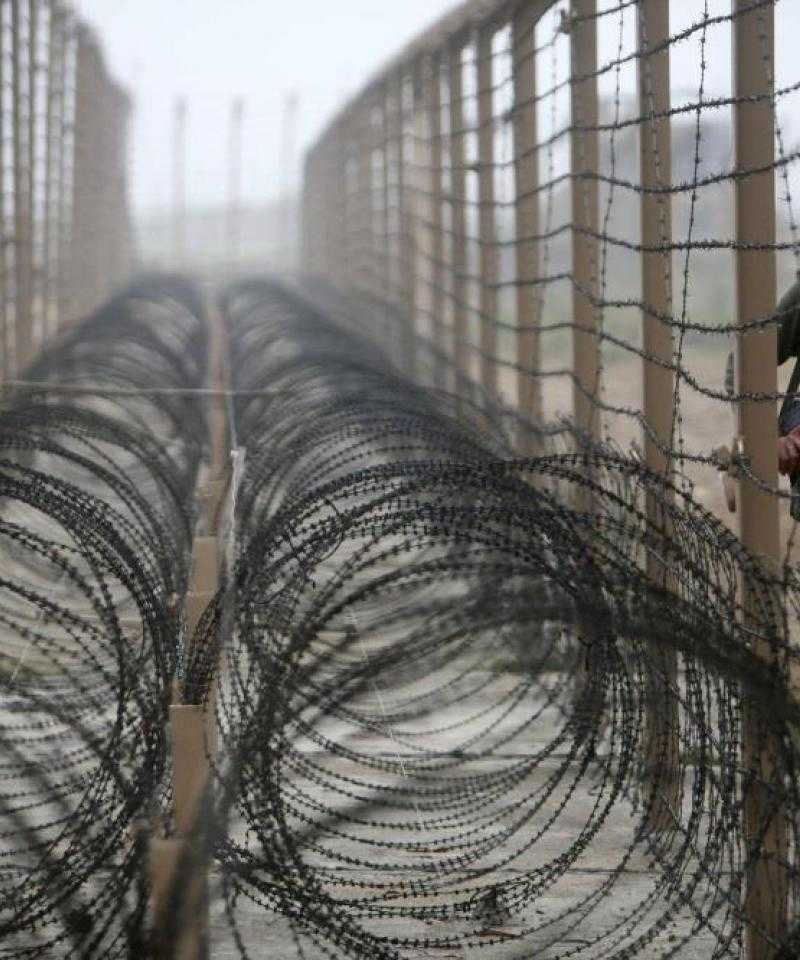
The Missing Migrants Project monitors the deaths and disappearances of migrants around the world.
The Calais Research Network maintains a list of the companies profiting from the border regime between France and the United Kingdom.
Other companies profiting from militarised borders can be found at the arms fairs with specialising in border security which have sprung up over the past decade including the Borderpol Global Forum, the World Border Security Congress and the Border Management and Technologies Summits held around the world and the Border Security Expo in the United States.
Since 2015, countries including Austria, Bulgaria, Estonia, Hungary, Kenya, Saudi Arabia, Tunisia, Pakistan, Ecuador and the United Kingdom have announced or begun work on new border walls. When the Berlin Wall fell in 1989, it was one of only fifteen border walls in the world. Today there are over seventy.
Borders may be fortified militarised for all kinds of reasons including to partition countries as with the borders dividing India, Pakistan and Bangladesh – “markers of past bitter history, current separate, distinct and independent existence” (Samaddar, 2015) – and the demilitarised (read heavily militarised) zones (DMZs) which separate the two halves of the island of Cyprus and the Korean peninsula; as a result of tensions in disputes over resources, such as water in the case of Tajikistan, Kyrgyzstan and Uzbekistan, and to control colonised populations as with the highly militarised border around Gaza which condemns “1.8 millions of Palestinians to live in what has been rightfully called “the largest prison on earth” (Lambert, 2015).
But increasingly, in a world where 65.6 million people were forcibly displaced – the vast majority by conflict – in 2016, according to the UN Refugee Agency, borders are being militarised to stop refugees and migrants. The European Union (EU) has taken a militarised stance in response to an unprecedented influx of refugees, scapegoating the people who smuggle them to its borders rather than questioning why they are making the journey in the first place, and the border between the United States and Mexico exists in a state “very similar to that of two countries in a state of armed tension” (Ruiz Benedicto, 2015). Near South Africa’s border with Zimbabwe, “a triple barrier of razor wire and electric fencing” has been set up which “can be set to offer shocks ranging from mild to deadly in their efforts to stop border crossers. Such equipment [has] not been used in that country since the apartheid-era” (Miller, 2014).
Borders around the world are being militarised with electric fences and razor wire springing up and helicopters and drones, watchtowers and hi-tech systems including sensors, cameras, ground-penetrating radar and carbon dioxide probes surveilling vast amounts of territory. Military personnel and special forces have been deployed on borders from Austria to the Czech Republic to South Africa and there are reports of the use of private security guards by countries ranging from Slovenia to the United Kingdom.
The use of violence against refugees and migrants is on the rise with reports of Hungarian border police using dogs, pepper spray, tasers and truncheons against people attempting to cross its border with Serbia, to name but one example among many, and the Intercept newspaper obtaining uncensored incident reports from 2014 and 2015 which suggest that the use of firearms by Greek and other European police forces “to stop refugee-laden boats” is “part of the standard rules of engagement for stopping boats at sea” and has been put into practice with fatal consequences (Border Wars II, 2016).
The intentional blocking of the most common migrant routes results in people being pushed into “hostile mountainous and desert terrain” in the United States (Ríos, 2015) and taking “ever more dangerous routes” on their journey to Europe with the result that 2016’s toll of refugees dying trying to enter Europe was higher than that for 2015, even though the total number of refugees entering Europe fell (Border Wars II, 2016).
Over 60,000 migrants are known to have died since the year 2000 with the deaths and disappearances of over 22,500 migrants being recorded since the beginning of 2017. The true figures are likely to be far higher. Of these, at least 15,000 migrants have died crossing the Mediterranean trying to reach Europe since October 2013 (International Organization for Migration, 2017).
The civil approach to policing borders once prevalent in many parts of the world is being transformed into a militaristic one. The European border agency, Frontex, has been transformed into the European Border and Coastguard Agency (EBCA) with “new centralised powers to purchase equipment and intervene directly in states’ border affairs (without requiring approval) that is already diminishing accountability for the impact of EU member states action on its border” and the European Union is collaborating with NATO, “a military alliance with no humanitarian mandate”, to conduct operations using military vessels in the Mediterranean (Border Wars II, 2016).
Borders are being extended beyond the physical frontiers between countries with funding being channelled from the global North to countries such as Libya, Mauritania and Tunisia to set them up as border outposts in an effort to prevent refugees and migrants embarking on the final leg of their journeys. The United States trains border forces from around the world with representatives from over one hundred countries taking part in Customs and Border Protection (CBP) training since 2002 and CBP attachés detailed to U.S. embassies in countries including Brazil, Mexico, Kenya, South Africa, Italy and Canada (Miller, 2014).
